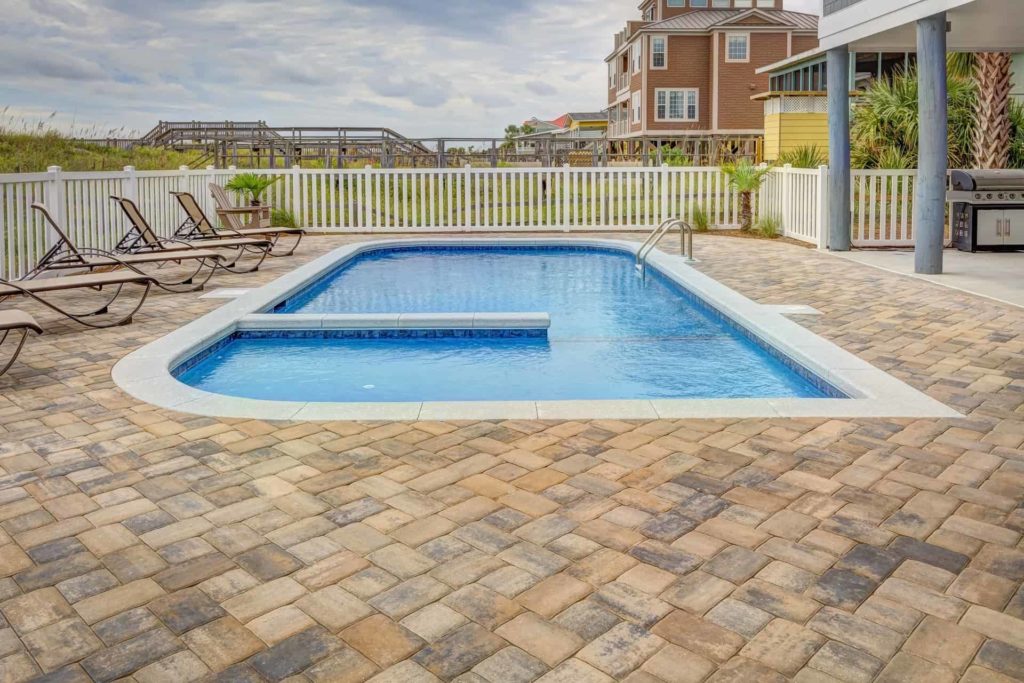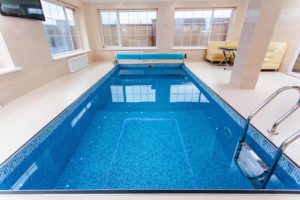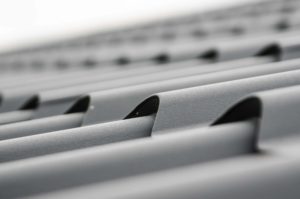How To Correct Drainage Problems Around Your Background Pool

Proper drainage around your swimming pool is important to keeping sanitary; you don’t want to let soil and debris flow into the water you’ve spent so much time and money cleaning! “Proper drainage” means getting rid of any standing water around the pool and deck and preventing pooling in planters, garden beds, and lawns that surround a below-ground pool.
Managing and controlling the flow of water around the pool is crucial to avoiding standing water. It requires making sure you have the right drainage systems in place and that they are free from clogs.
How Pool Drainage Works
 A properly-built swimming pool will prevent water from gathering on the surface of the deck or flowing into the chlorinated water. The most common method is to build the deck with a gentle slope that is angled away from the pool. Gravity pulls the excess water away from the deck, letting it flow to a drain pipe that carries it away from the yard around your pool. These drains, also known as French drains or weeping tile systems, can also act as a stand-alone type of system for all around the pool, stopping puddles from making the deck slippery.
A properly-built swimming pool will prevent water from gathering on the surface of the deck or flowing into the chlorinated water. The most common method is to build the deck with a gentle slope that is angled away from the pool. Gravity pulls the excess water away from the deck, letting it flow to a drain pipe that carries it away from the yard around your pool. These drains, also known as French drains or weeping tile systems, can also act as a stand-alone type of system for all around the pool, stopping puddles from making the deck slippery.
These systems are fairly standard with below-ground pools; if drainage is a problem, it will likely come from a clogged built-in drain. However, it’s important to make sure you have a drainage system around your deck, too. The other common method is to have one or more drains on or around the deck.
Damage Around Your Deck And What To Do About It
Not all decks are at the water level of the pool, and having a separate type of drainage around an elevated deck is important. Preventing water from accumulating in the ground beneath the deck surface can prevent other problems from hurting the structure of your deck. When waterlogged soil around a pool dries up, it can contract and expand, and empty pockets can form below the deck’s support. If the deck loses its support, it can easily develop cracks or start tilting in one direction. Not only will this harm your deck – you and your family or friends could also be in danger!
This is why the third most common type of drainage system around pools – area drains or strip-style drains (commonly referred to as Deck-O-Drains) – is essential. Water that flows into this drainage system moves into a collection pipe that carries it away. Don’t forget to check to see if your deck has drainage, and if it does, clean it out regularly!
How To Correct Drainage Problems From Your Roof
Not all drainage problems come from pool water! Runoff from a roof can also affect how well your pool’s drainage systems work, especially if a lot of impermeable material like concrete surrounds it. When the excess water from rainfall flows from your roof, the water can end up in your swimming pool. This water is often full of debris like leaves, pollen, dead insects, and other organic matter that collects on roofs.
If the water from your roof flows onto your pool’s deck or waterlogged soil, it can lead to more drainage issues. If water from the pool has soaked the ground, rainwater won’t have anywhere to flow and can lead to stagnant water that attracts insects and kills grass. If the rain flows onto an area of your deck without a proper drainage system, it can affect the soil below, leading to the damage we mentioned earlier.
The solution for this is simple: proper gutters! If rainwater is flowing over the sides of the gutters and into your pool or on the deck, clean the gutters out so they can direct that runoff to specific locations away from your foundation and pool. You can also install a filter or screen near the downspout to capture debris, such as leaves, to prevent the downspout from clogging up and impeding the flow of water.
